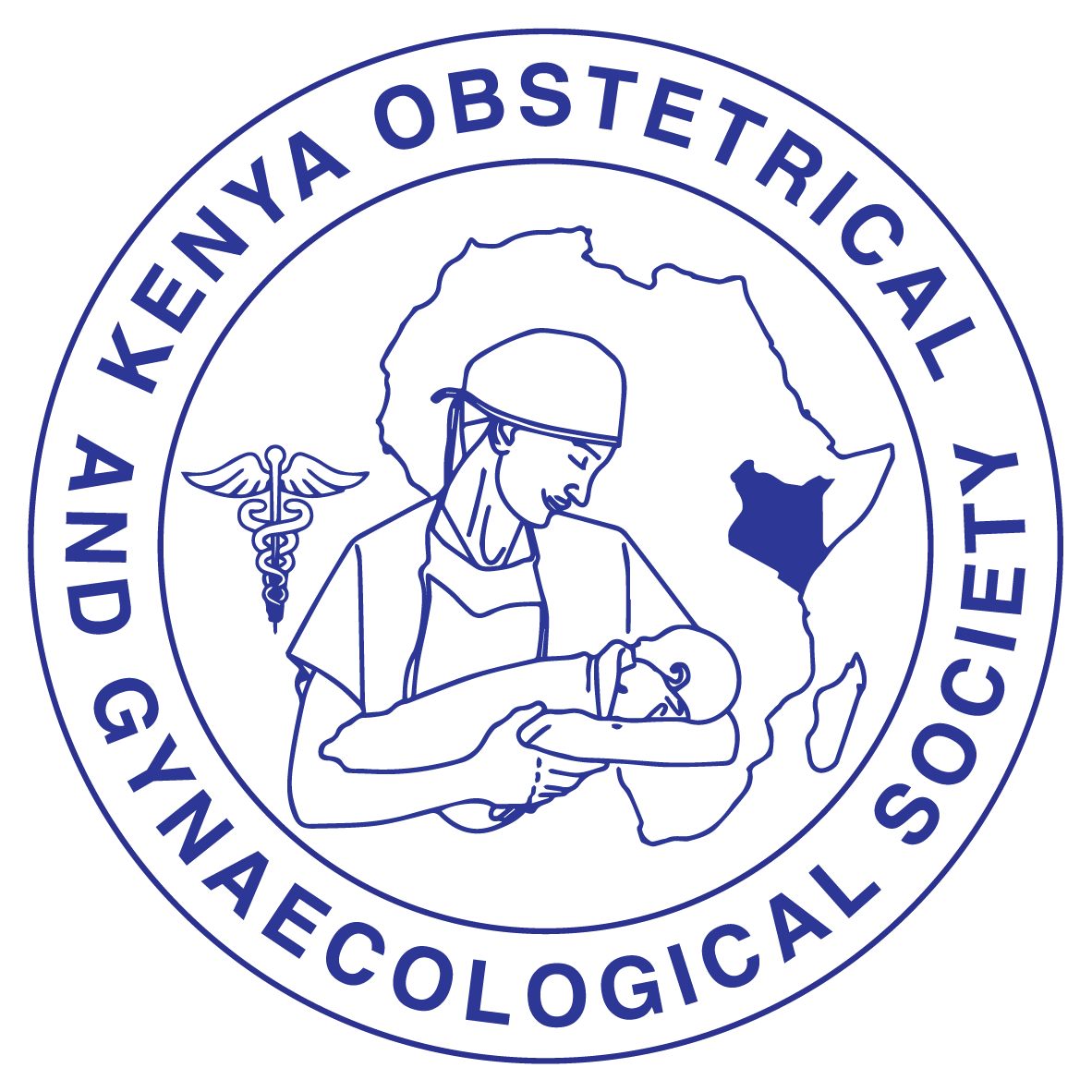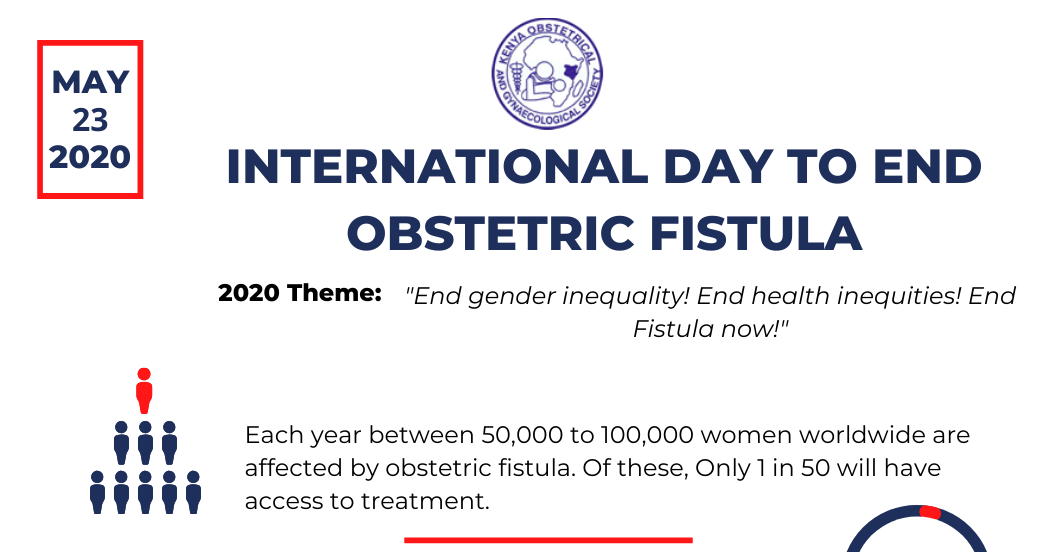[vc_row][vc_column width=”2/3″][vc_column_text]
International day to end Obstetric Fistula observed on the 23rd May each year.
Theme 2020: “End gender inequality! End health inequities! End Fistula now!”[/vc_column_text][vc_column_text]What is Fistula? It is an abnormal opening between a woman’s genital tract and her urinary tract or rectum. The development of obstetric fistula is directly linked to one of the major causes of maternal mortality: obstructed labour.
Statistics: Each year between 50 000 to 100 000 women worldwide are affected by obstetric fistula. Of these, only 1 in 50 will have access to treatment. It is estimated that more than 2 million young women live with untreated obstetric fistula in Asia and sub-Saharan Africa.
Fistula Is Preventable! Obstetric fistula is preventable; it can largely be avoided by: delaying the age of first pregnancy; the cessation of harmful traditional practices; and timely access to obstetric care.[/vc_column_text][/vc_column][vc_column width=”1/3″][vc_single_image image=”12668″ img_size=”full” alignment=”right”][/vc_column][/vc_row][vc_row][vc_column][vc_column_text]Who is affected by Fistula? WOMEN and GIRLS!
What are the effects of FISTULA? Women who experience obstetric fistula suffer constant incontinence, shame, social segregation and health problems
Is it a Global agenda? YES, Preventing and managing obstetric fistula contribute to the Sustainable Development Goal 3 of improving maternal health. Women and girls at risk of living with fistula faced structural and systemic barriers to care before the pandemic.
What is the impact with the current pandemic? Due to COVID-19, it is expected that 13 million more child marriages could take place by 2030 than would have otherwise. Families are more likely to marry off daughters to alleviate the perceived burden of caring for them, especially in the anticipated economic fallout of the pandemic.
As Kenya Where are we? It is estimated that about 2 women get fistula per 100 births; this results to 2400 new cases annually. Data by Amref flying doctors puts the estimate at 3000 annually with only 7.5% able to access treatment. The matter has been compounded by the COVID 19 pandemic that most women and girls will not be able to access the much needed surgery.
Human resource capacity:A good number of patients have been able to access corrective surgeries however there still remains a back log of fistula patients, since the number of surgeons trained in fistula surgery is low compared to the increasing numbers of women and girls suffering with Fistula.
What Needs to be done
- Train more Fistula surgeons, Nurses and community workers.
- Support women with social insurance fund to access this treatment.
- Community mobilization to reduce stigma associated with Fistula.
- Build strong collaborations with teams of surgeons, midwives and nurses, community health workers to champion the prevention of Fistula at the primary level.
- Enforce laws that outlaw harmful cultural practices like child marriages and female genital mutilation.
- Advocate for policies that will ensure that women who suffer from Fistula can be treated free of charge in a government facility.
[/vc_column_text][/vc_column][/vc_row]




